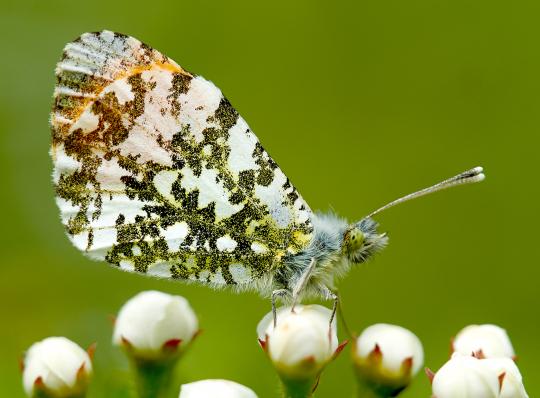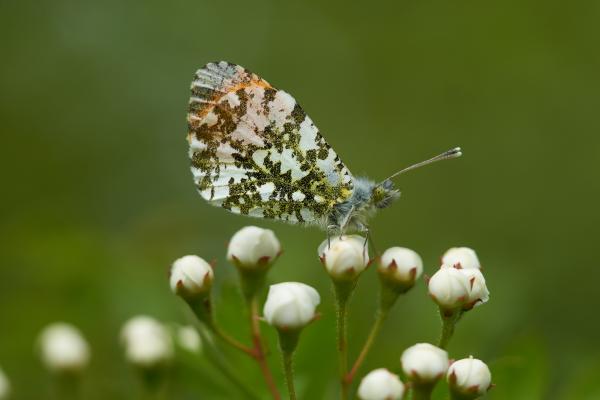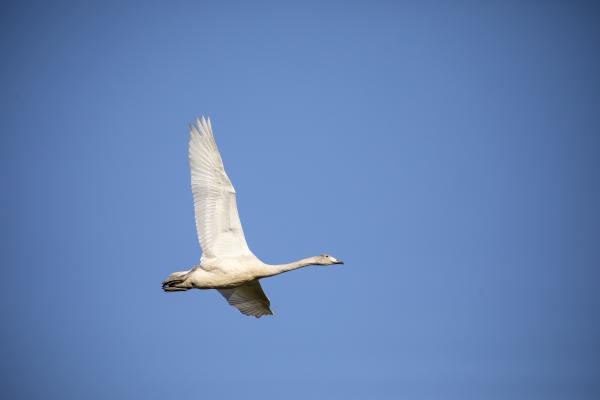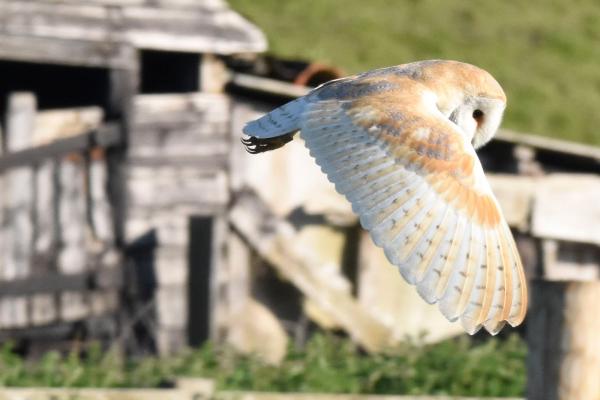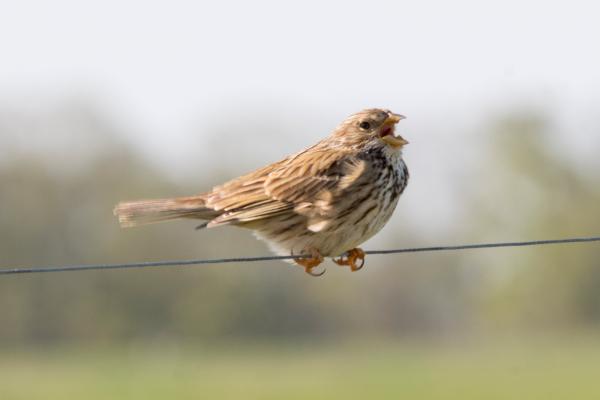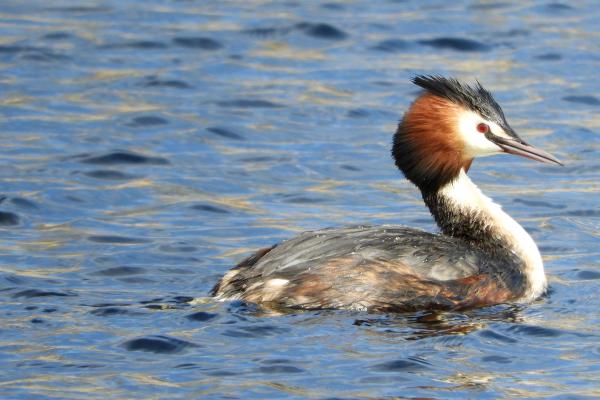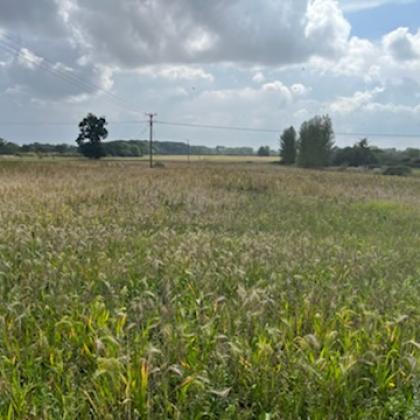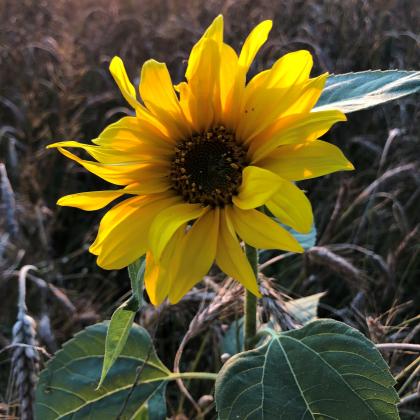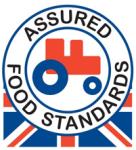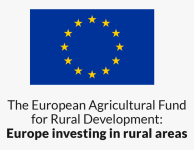The Norfolk and Cambridgeshire Fens are an important part of the ‘bread basket’ in East Anglia, and where wildfowl and nesting birds abound.
The Fens are a patchwork of waterways fed by inland rivers, finding their way to the North Sea 25 miles away. Over thousands of years, these rivers have deposited silt particles in the area that, combined with peat and loam soils, produce some of the best farmland in Europe.

The region’s waterways owe much of their structure and layout to work carried out four centuries ago by a Dutch engineer named Cornelius Vermuyden. His work is still in evidence today, a legacy cherished by Fenlanders.
The principal skyline feature of the Fenland district is Ely cathedral, fondly known as ‘the ship of the Fens’ because of its prominent shape towering over the surrounding flat land.
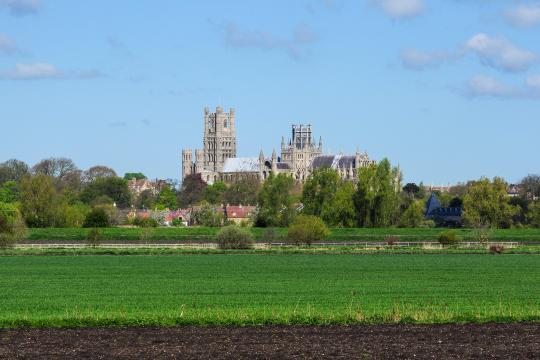
On the 5,500 hectares that we farm there are:
300 kilometers of rivers and ditches that are important habitats for birds, insects and bats.
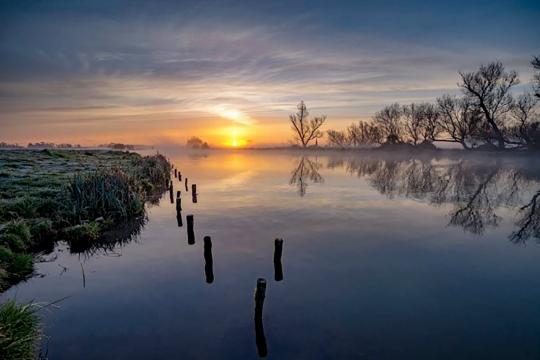
200 million gallons of water, held in reservoirs that are important farming and environmental resources.
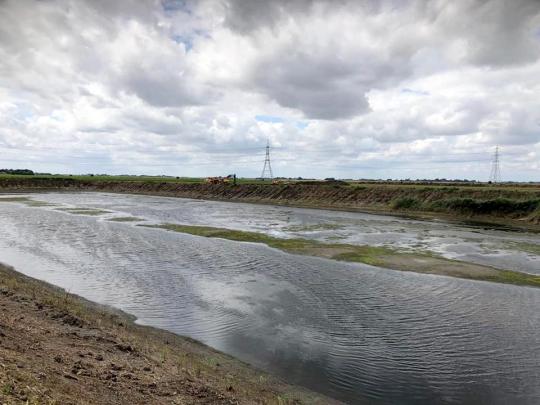
Uncultivated field margins that provide habitat for bumble-bee plots and seed for wild birds, as well as protecting watercourses.
Environmental Stewardship schemes that include fallow land to provide habitats for hares, and for lapwings and other ground-nesting birds.
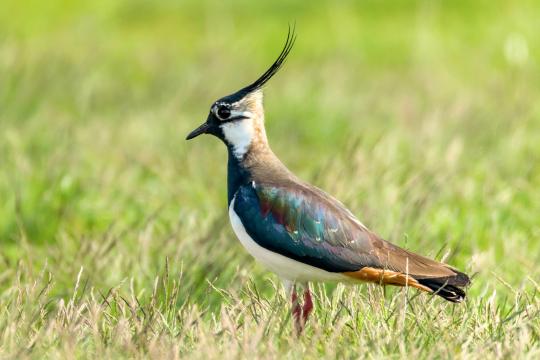
Overwinter stubbles, left undisturbed so that visiting migrational birds and breeding brown hares can make the most of them.
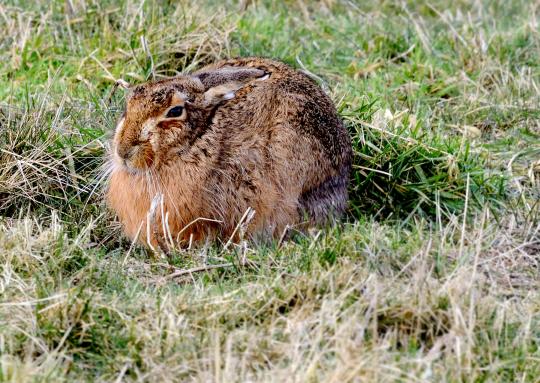
Old buildings and structures suitable for barn owls – numerous breeding pairs have been spotted on Waldersey farms. Our land’s ditches and riverbanks provide rich hunting grounds for these birds.
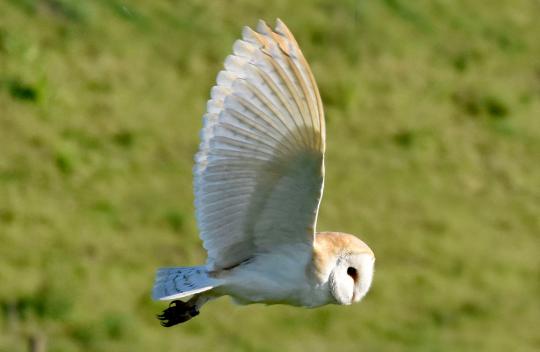
Uncultivated field margins that provide habitat for bumble-bee plots and seed for wild birds, as well as providing a buffer between watercourses and cultivated land.
